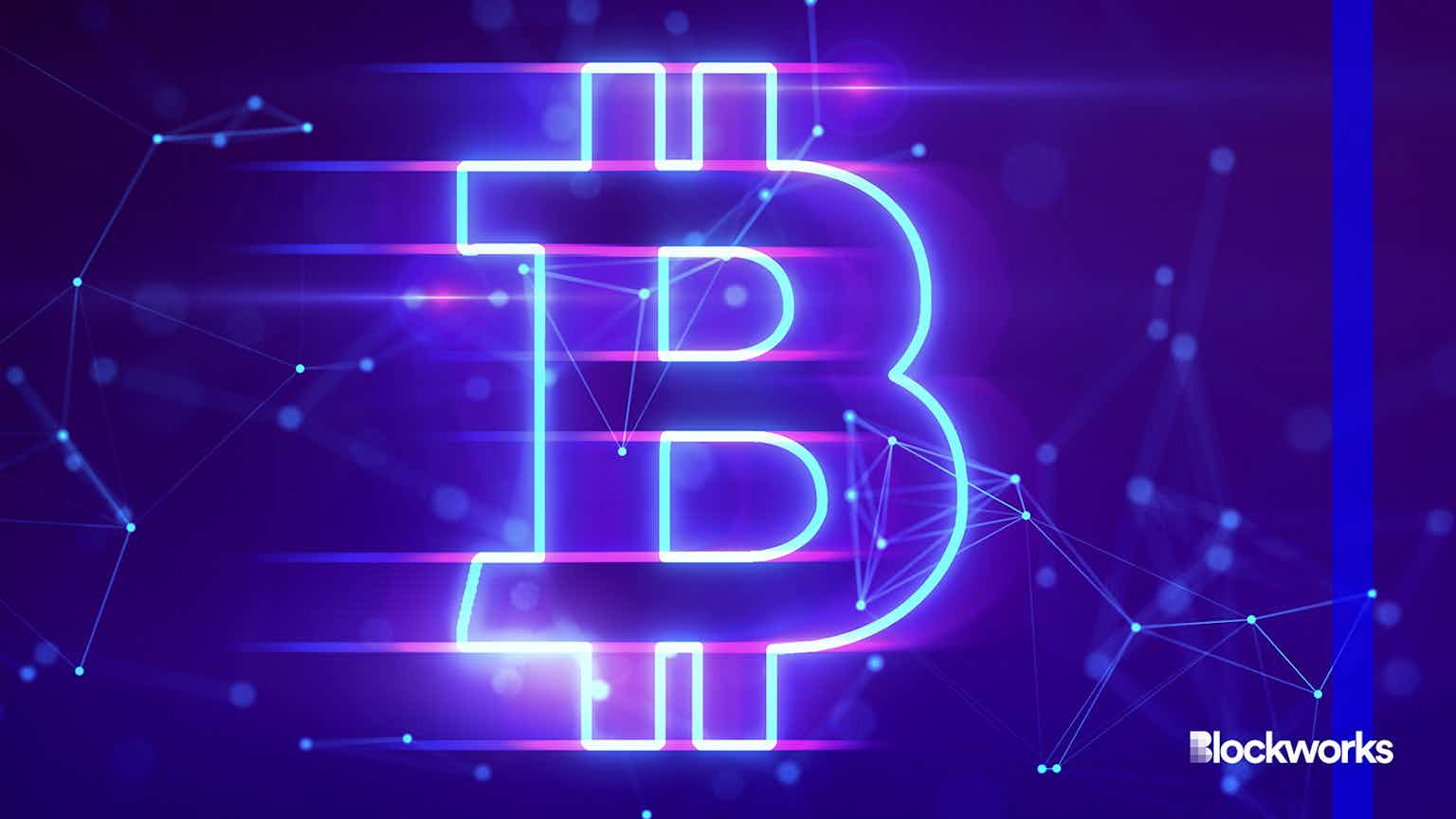Thanks, Binance: Crypto Liquidity Shows Signs of Recovery
Over the past week, market depth has experienced a slight recovery, with the total quantity of bitcoin within 2% of the mid price

Blockworks Exclusive art by axel rangel
The so-called “Alameda Gap” in crypto liquidity on centralized exchanges shows early signs of letting up, thanks to Binance, according to new research from Kaiko.
A steep drop in crypto market depth occurred earlier this month when Alameda Research, the hedge fund arm of Sam Bankman-Fried’s since-collapsed FTX, ceased trading operations. Other market makers followed suit, plunging liquidity to low levels not seen since early June, Kaiko noted in a report Monday.
“Thankfully, over the past week depth has experienced a slight recovery, with the total quantity of BTC within 2% of the mid price increasing from 6.8k to 9.1k,” Kaiko analysts wrote. “In dollar terms, market depth has increased from $112 [million] to $150 [million], which suggests market makers are slowly redeploying capital across exchanges.”
Bid-ask spreads show that market makers on some exchanges are still wary of volatility; spreads for BTC-USD pairs “on most exchanges have not yet recovered,” analysts noted.
The slight rebound in liquidity levels may not last long, analysts warn. Last week’s bankruptcy filings revealed FTX owes its 50 biggest creditors a combined $3 billion. Japanese crypto exchange Liquid, which FTX acquired in March, suspended all trading and withdrawals over the weekend, suggesting further contagion.
Genesis suspended withdrawals last week, fueling rumors of a possible bankruptcy filing from parent company Digital Currency Group. The news has traders alarmed.
“Trade volumes on top centralized exchanges more than halved from the week prior, falling to $100 [billion] as traders pulled out from the market,” researchers noted. “Huobi and Bitfinex registered the largest average weekly declines of 82% and 75%, respectively.”
The weekly trading volumes on Binance remained firmly above $80 billion over the past few months, likely due to its aggressive fee reduction, analysts added.
Decentralized exchange tokens are down 16%, Kaiko researchers noted, performing slightly better than bitcoin.
“Notably, the token of decentralized derivatives exchange dYdX surged by 18%, suggesting that competition on derivative markets for the gap left by FTX is heating up,” analysts wrote. “DeFi projects were also strongly impacted by the risk-off shift in sentiment and are down 25%.”
Start your day with top crypto insights from David Canellis and Katherine Ross. Subscribe to the Empire newsletter.





